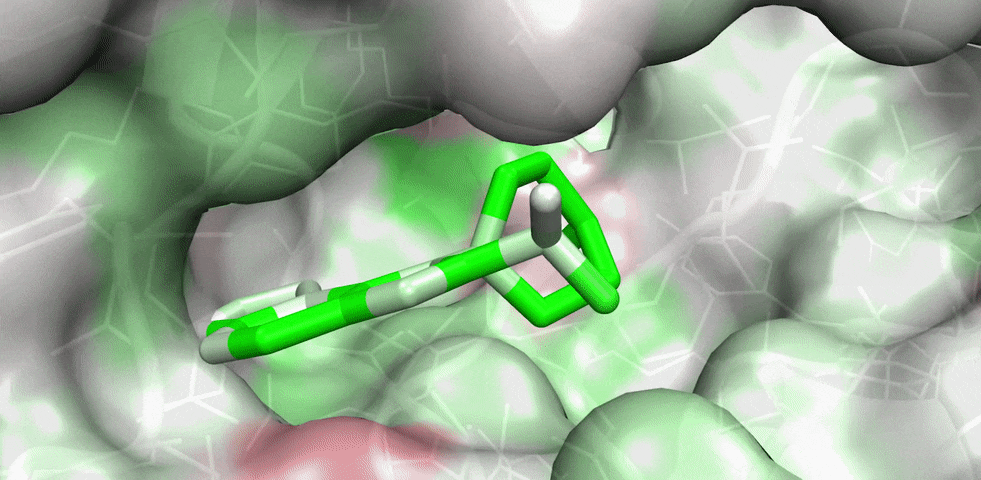Doctors and nurses stand at the front lines of our healthcare system, providing immediate care. But there’s an equally important universe of researchers working in parallel who are advancing the tools and knowledge clinicians can draw on to treat their patients.
These researchers are developing new drugs to solve as-yet incurable diseases, simulating biological organisms and structures to better understand how they work, and diving into genomic data to find genetic markers related to specific health conditions.
And, for an ever-growing number of applications, they’re doing so using AI and accelerated computing.
How AI Is Changing Drug Discovery
There are almost as many potential drug-like molecules as there are atoms in the observable universe. Pharmaceutical companies and researchers pour years of effort and billions of dollars into exploring this vast library of molecules to discover new treatments for diseases.
Scientists use their expertise to guess which drug molecules will be able to stop a particular ailment in its tracks. They traditionally focus on one disease at a time, performing research over many years. With AI, they can instead virtually model millions of molecules and screen hundreds of diseases at a time.
Deep learning can pick up on the biochemical laws that govern how a drug molecule will act in the body, helping researchers understand the potential side effects of a drug molecule — or even come up with new, synthetic molecules that could treat a disease.
University of Pittsburgh researcher David Koes is doing just that, using NVIDIA GPUs for molecular docking, the process of simulating how a drug candidate will bind to a target protein. His team developed a deep learning model that improved their prediction accuracy from 52 percent to 70 percent.
And Recursion Pharmaceuticals, a member of the NVIDIA Inception program, is using more than 100 GPUs to train its neural networks for drug discovery across several therapeutic areas, including hundreds of rare diseases that currently lack treatments.
Recursion’s deep learning models analyze microscopy images, determining whether a drug compound is effective at healing diseased cells. Using AI allows the company to screen hundreds of features from more than 10 million cells in a week.
How AI Is Changing Genomics
Another area of medicine where the size and complexity of data are staggering is genomics. Despite being a relatively young field, genomics is growing fast, with datasets doubling in size around every eight months.
Around a million whole human genomes have been sequenced worldwide, giving scientists an ocean of granular data that can be harnessed for precision medicine, immunotherapy and population studies. But once this data is collected, it’s computationally demanding to analyze.
Scripps Research Translational Institute is partnering with NVIDIA to build deep learning applications for more affordable genome sequencing and better mutation detection from genomic data. Startups, too, are harnessing GPUs to solve challenges in genomic analysis.
Just as GPUs solve graphics problems by processing many pixels independently, they can break genetic information into tiny, individual pieces that can be crunched separately and then strung back together, says Ankit Sethia, cofounder of Inception startup Parabricks.
The company is using an NVIDIA DGX-1 server to detect key markers and outliers in a sequenced genome — shrinking the time it takes from a couple days to under an hour.
How AI Is Changing Medical Research
Researchers in universities around the world are using AI and GPUs to simulate biological structures and diseases that we don’t yet fully understand.
In Australia, a team at Monash University is using a process called cryo-electron microscopy to develop high-resolution 3D models of molecules, a compute-intensive process that requires an NVIDIA GPU-powered supercomputer to run.
The researchers are using the technology to develop drugs that can combat superbugs, or drug-resistant bacteria.
In the U.S., Colorado State University researchers are simulating an enzyme found in the deadly dengue virus, which infects hundreds of millions of people each year. Using GPU-powered supercomputers at the San Diego Supercomputing Center, the team was able to discover new aspects of enzyme motion.
With increased precision, this work could lead to insights that stop diseases like dengue from spreading.
Deep learning can also be used to help researchers amass the source data they need to develop breakthrough healthcare applications. At NVIDIA, researchers are using generative adversarial networks, or GANs, to advance medical research by generating abnormal brain MRIs to train neural networks for medical imaging.
These synthetic MRIs can help solve a challenge developers in the medical community often face: a lack of balanced, reliable training data to train their deep learning models.
See the NVIDIA healthcare page for more.
